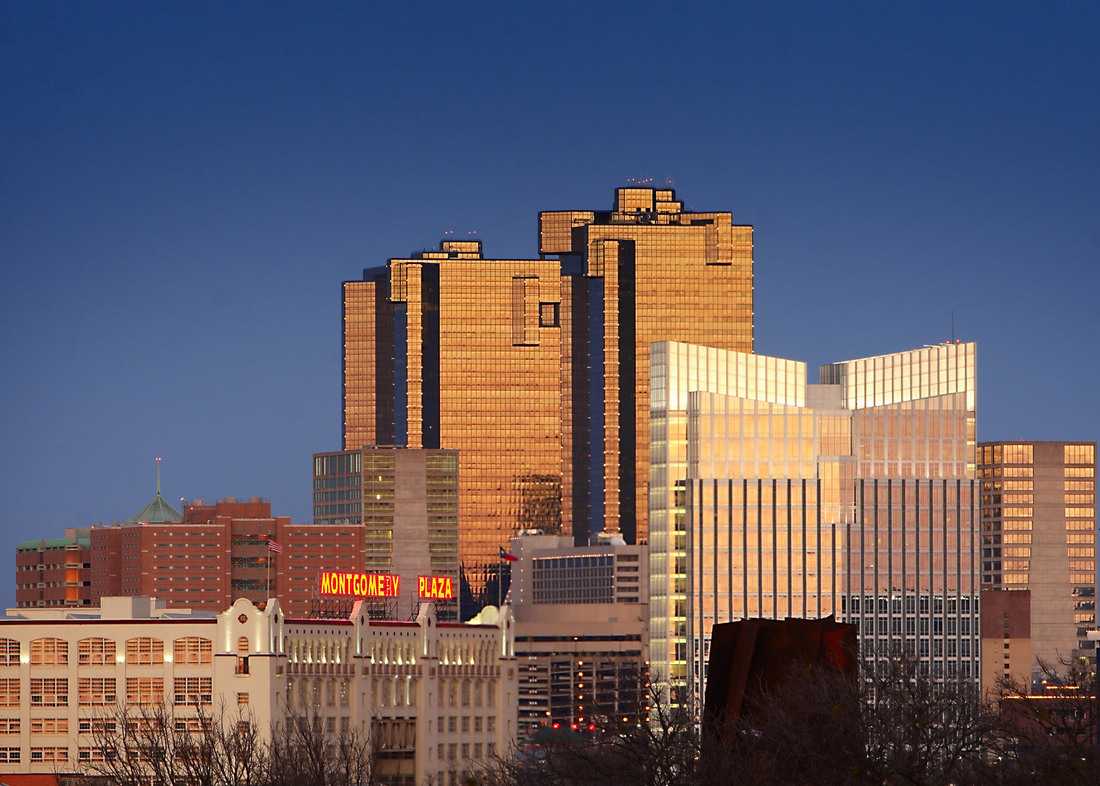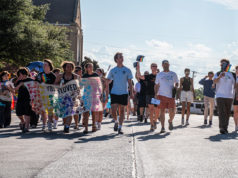Most of the country’s cities are growing faster than their suburbs for the first time in a century, according to Census numbers released Thursday.
It’s especially true in Texas, with six cities in the top 15 cities with the largest increase in population between April 2010 and April 2011, including Houston, San Antonio and Austin, which ranked second, third and fourth, respectively. Dallas ranked number 6 and Fort Worth ranked 12th, adding about 16,000 residents over the 12-month period.
Of the 51 fastest-growing cities (relative to their size), Texas had eight, with Plano, McKinney, Frisco and Denton ranking fourth, fifth, sixth and seventh, respectively. Carrollton came in 14th place.
But suburb growth has been the rule for some time.
The real story is about the larger cities, where population has stalled for decades as more and more people flocked to homes in the suburbs, frequently resigning themselves to long commutes, especially in the Dallas-Fort Worth area.
Though economists question how long this trend will continue, the numbers suggest more young people are ditching the commutes of their parents
As the Dallas Morning News pointed out, the donut hole of Dallas, referring to the city’s scant population growth while new residents flocked to surrounding suburbs, is finally filling in.
What about Fort Worth, which still has the country’s 16th largest population? Well, while it hasn’t added nearly as many new residents as the other major Texas cities, it is catching up.
Though the suburbs around Cowtown are likely still growing faster than the city, that trend has slowly been moving back the other direction over the last five years, said Randle Harwood, the city’s planning and development director.
“We have seen a significant increase in the amount of central city redevelopment and investment,” Harwood said. “I think the numbers are starting to reflect that.”
That’s especially true in the Near Southside and along West 7th Street, which have seen their own “urban renaissance” in the last few years.
Paul Paine, the president of Fort Worth South Inc., said developers will begin construction on three new apartment complexes in the Near Southside in the next six months, adding 1,000 units to the area.
“That’s a huge jump for us. Huge,” Paine said. “Our studies have shown that people who are working in our area want to live in our area, but we haven’t had the product. Now we’re going to have the product.”
Of course, the trend will only continue as long as the city takes appropriate measure to provide the services, especially public transportation, that the new residents will need, Harwood said.
“If we don’t make the necessary investment, it won’t sustain itself,” he said. “We just need to adjust our resources to match the growth in those areas. We’ve done that in the suburban areas, now we need to do it in the urban areas.”













One more reason to evacuate Dirty Ol’ Town asap.
Can’t wait for the day we have more vibrant, walkable mixed-use communities here in the olde Worth.